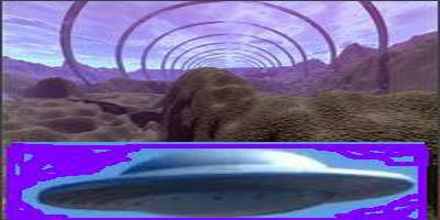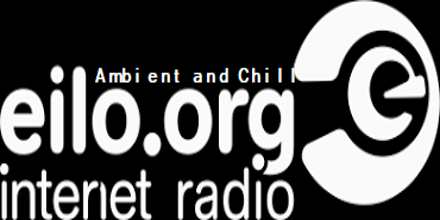Ambient music is a genre that prioritizes tone and atmosphere over traditional musical structure or rhythm. It emerged in the 1970s as an outgrowth of experimental and electronic music, with Brian Eno often credited as one of its pioneers. The term "ambient" was coined by Eno to describe music that could induce calm and a sense of spaciousness, ideal for background listening or creating specific moods.
The roots of ambient music can be traced back to the minimalist and experimental compositions of the early 20th century, as well as the tape music and musique concrète movements. However, it was Eno's album "Ambient 1: Music for Airports" (1978) that truly defined the genre, emphasizing the use of synthesizers, environmental sounds, and subtle textures to create immersive soundscapes.
Ambient music often lacks conventional song structures such as verses and choruses. Instead, it focuses on long, evolving pieces that blend seamlessly into one another. The genre is characterized by its use of drones, loops, and repetitive patterns, which can evoke a sense of timelessness and tranquility. Artists frequently incorporate natural sounds, field recordings, and electronic textures to create rich, layered soundscapes.
There are several subgenres within ambient music, each with its unique characteristics. "Dark ambient" is known for its ominous and often unsettling atmosphere, using low frequencies and dissonant tones to evoke feelings of dread or mystery. "Droning ambient" emphasizes the use of sustained tones and slow-moving textures, creating a sense of endless space. "Space ambient," influenced by science fiction and cosmic themes, often incorporates synthesizers and effects to simulate otherworldly environments.
The genre has evolved significantly over the decades, incorporating elements from various musical styles and technological advancements. In the 1980s and 1990s, ambient music saw a surge in popularity with the rise of electronic dance music (EDM). Artists like Tangerine Dream, Jean-Michel Jarre, and Vangelis blended ambient textures with synth-pop and new age elements, creating a more accessible sound.
In recent years, ambient music has continued to diversify, with artists experimenting with new technologies and blending genres. "Post-rock" bands like Godspeed You! Black Emperor and Sigur Rós have incorporated ambient elements into their instrumental compositions, while electronic musicians like Tim Hecker and Stars of the Lid have pushed the boundaries of what constitutes ambient music.
Ambient music's appeal lies in its ability to create immersive, often introspective experiences. It is frequently used in film soundtracks, video games, and meditation practices to enhance mood and atmosphere. The genre's flexibility allows it to be enjoyed in various settings, from relaxation and stress relief to deep listening and reflection.
Notable ambient albums include "Selected Ambient Works 85-92" by Aphex Twin, which showcases the genre's potential for intricate sound design and emotional depth. "Oophoi" by Oophoi offers a more traditional, ethereal approach, while "Astral Weeks Live" by Van Morrison features ambient textures in a live concert setting.
In conclusion, ambient music is a rich and diverse genre that continues to evolve and inspire new generations of listeners and artists. Its focus on atmosphere and emotion makes it a unique and enduring part of the musical landscape. Whether used for relaxation, meditation, or deep listening, ambient music offers a vast array of sonic experiences that can transport listeners to otherworldly realms and evoke profound emotional responses.
 3.4k
3.4k
 1
United States, Cleveland Ambient 256 kbps MP3
1
United States, Cleveland Ambient 256 kbps MP3 2.8k
2.8k
 5
France Ambient
5
France Ambient 2.2k
2.2k
 4
Netherlands Ambient 320 kbps MP3
4
Netherlands Ambient 320 kbps MP3
























